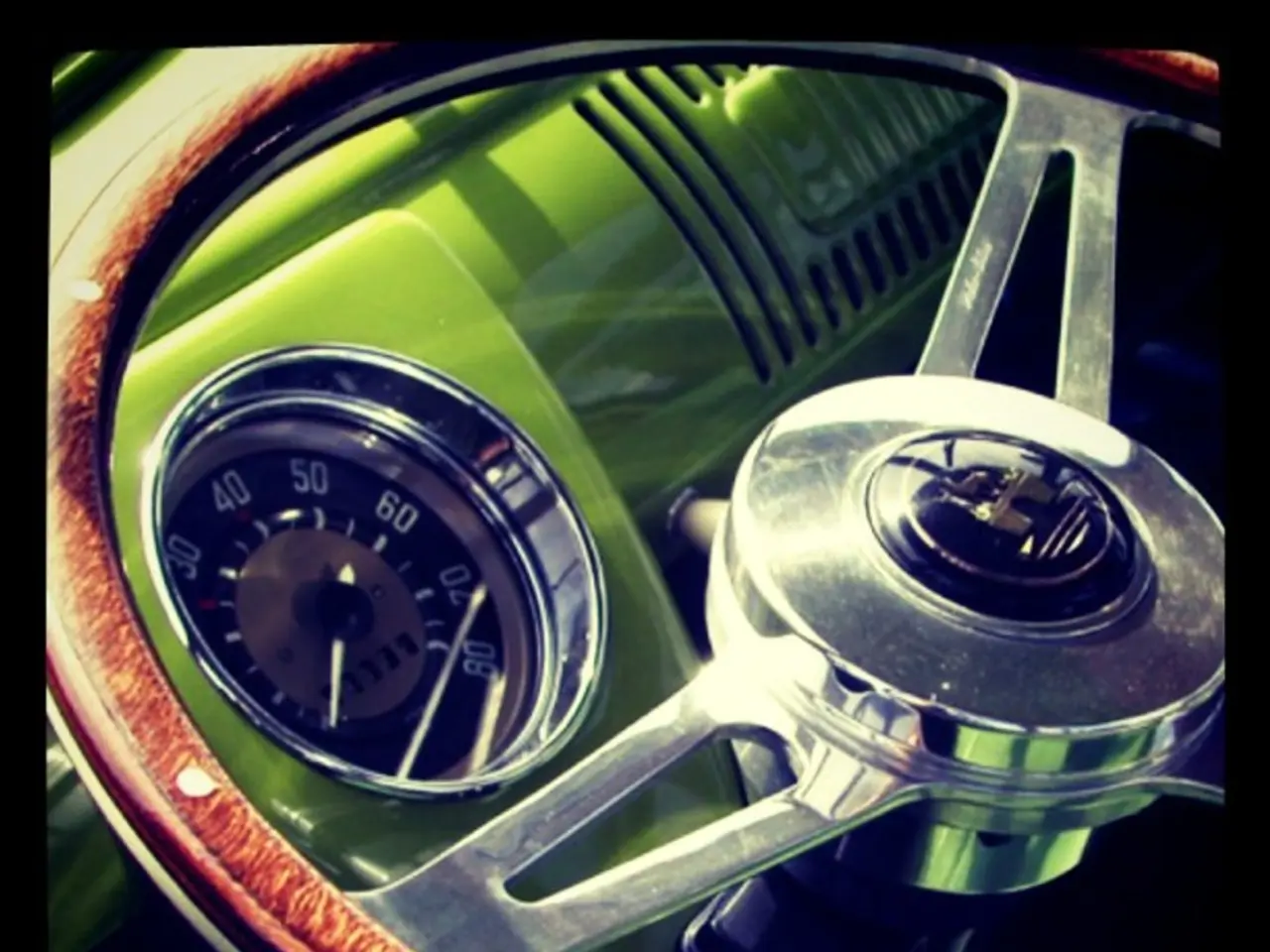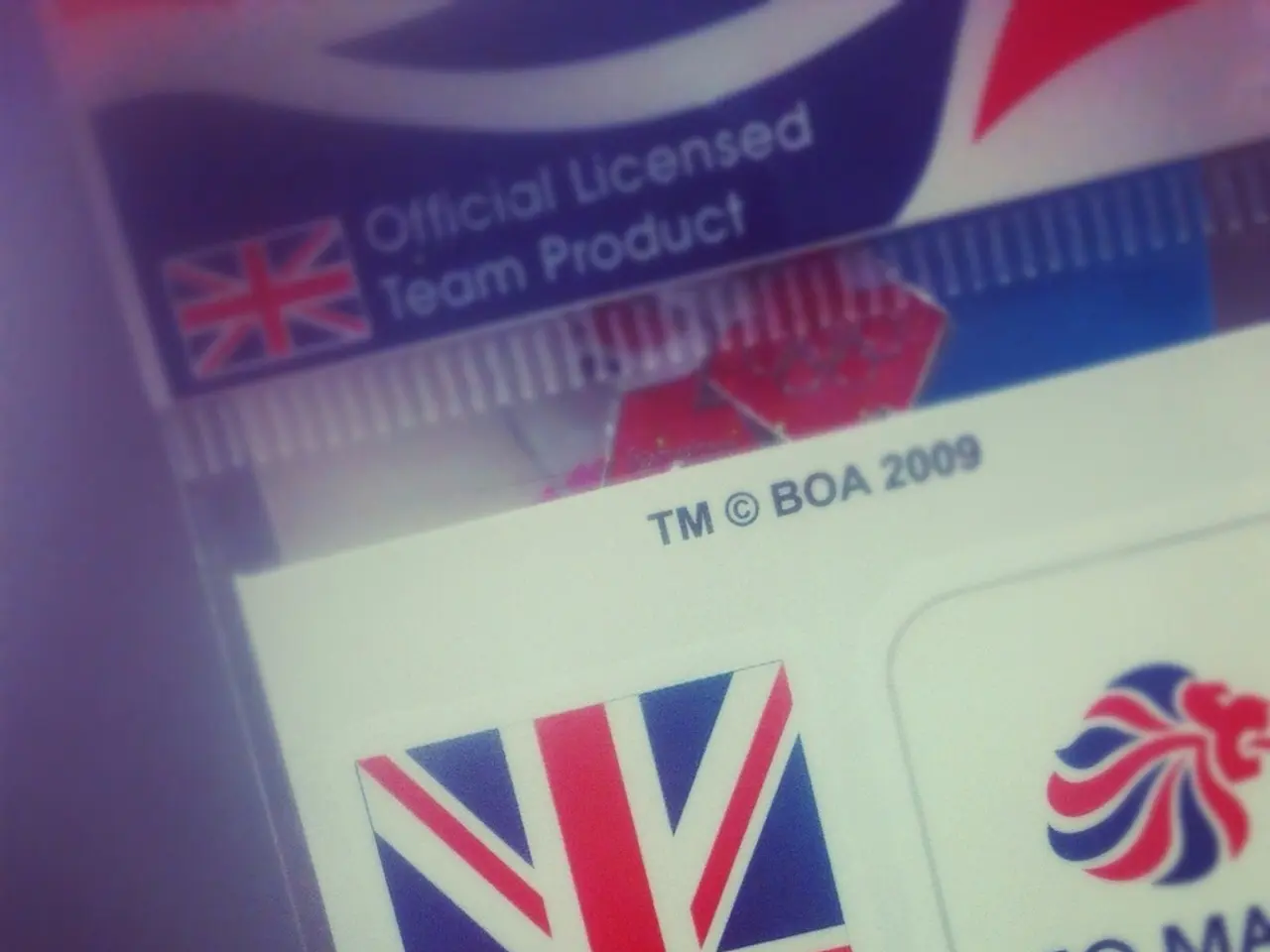Mastering Depth Sounders: Amplifying Your Underwater Exploration
Setting Up Your Depth Sounder for Safe Navigation
Knowing the depth of water under your boat is crucial for safe boating, and a well-configured depth sounder can provide valuable information to help you avoid unintentional grounding and navigate through shallow waters. Here's a practical checklist to help you set up your depth sounder effectively.
Transducer Offset
To ensure the depth readings are accurate, enter the vertical distance from the waterline (or from the keel) to the transducer. This setting, often labeled as "transducer offset" or "draft," will make the unit report depth under the keel (or waterline) instead of the transducer depth. The value may vary depending on your boat type and transducer location, so follow your unit's instructions to set the correct offset.
Units and Datum
Confirm the depth units (feet, meters, fathoms) you prefer and ensure they match the charts and GPS you are using. If required, adjust the vertical datum to maintain consistency.
Alarms/Warnings
Enable shallow-water and anchor/keel alarms and set thresholds with a safety margin above your vessel’s draft. This will provide an early warning if you're drifting out of the channel, allowing sufficient time to change course if needed. Some units offer alarm delays or confirmation to avoid false alarms from short spikes.
Range/Scale
For general cruising, use automatic range, as many modern units auto-scale well. However, set a manual fixed range when navigating known shallow areas to maintain situational awareness. For forward-looking sonar (if equipped), set forward range and minimum depth based on speed and transducer location.
Sensitivity/Gain and Noise Filters
Start with the manufacturer’s auto or default sensitivity; reduce sensitivity if the display is noisy, increase it if the bottom return is weak or lost. Use built-in interference/noise filters, surface clutter rejection, or TVG (time-varied gain) options to remove surface noise without removing true bottom echoes.
Stabilization and Averaging
Turn on depth smoothing or averaging to reduce rapid fluctuation from waves, but keep smoothing modest — excessive averaging can hide sudden shoaling or rocks.
Bottom Lock / Bottom Tracking
If your unit has bottom-lock or bottom-track modes, enable them to keep a stable depth reading at slow speeds and reduce false bottom returns. Check how it behaves at planing speeds and in uneven bottoms.
Speed and Temperature Corrections
If your model offers temperature compensation or speed-related corrections (squat correction on large vessels), enable or tune these features as advised in the manual.
Separation/Crosstrack Corrections (multi-transducer installations)
If transducers are separated, apply separation corrections per the manual/NOAA guidance to avoid recorded depths exceeding true depths when shallow.
Interference Management
If you share networks or run other sonar devices, enable interference rejection and ensure transducers are not too close to other transducers/antennas. Power up devices one at a time during installation to identify conflicts.
Save Profiles for Different Conditions
Create or save settings for common conditions (calm/salty/coastal/estuary/freshwater, towing vs. planing) because sound speed and seabed reflectivity change by temperature/salinity and depth.
Regular Calibration and Verification
Calibrate or verify depth at the start of each season and after any installation change, grounding event, or hull modification. Check displayed depth against known soundings, marked depths, or a handheld lead line where safe.
Quick Examples
For a small powerboat with a 2 ft draft, set the shallow alarm at 4 ft (2 ft safety margin) and transducer offset = distance from waterline to transducer so displayed depth = depth under keel. For a fishing boat using forward-scanning sonar, set forward range to the distance you need to react at cruising speed and set minimum depth to the minimum safe depth you want to see; tune sensitivity while stationary to get solid bottom returns, then test underway.
Testing/Verification Routine before Leaving Dock
Confirm transducer offset and units are set, power up devices one at a time and confirm the sounder is seen by the MFD/network, verify bottom return in a known deep area, confirm displayed depth matches expected within acceptable tolerance in a shallow known area (or with a lead line) and adjust offset if needed, and test alarms by slowly approaching a shallower area or by temporarily lowering the shallow alarm threshold to trigger and confirm audible/visual alerts.
Safety Cautions and Limitations
Do not rely on a single instrument; use charts, visual lookouts, local knowledge, and AIS/plotter data in combination with the sounder. Sounder accuracy varies with water conditions (temperature, salinity), transducer mounting, and seabed type; periodic calibration and caution in marginal depths are required. Excessive smoothing or aggressive filtering can hide sudden shoaling; keep settings conservative when in confined or unfamiliar waters.
On a sports yacht, ensure the depth sounder's transducer is properly positioned to get accurate readings, with the appropriate transducer offset from the waterline or keel. For instance, if a marine yacht has a 2 ft draft, set the shallow alarm at 4 ft (2 ft safety margin) and set the transducer offset equal to the distance from the waterline to the transducer, to display the depth under the keel.
When navigating with a sports yacht's forward-scanning sonar, configure the forward range to the distance you need to react at cruising speed, and set the minimum depth to the minimum safe depth you wish to see. Tune the sensitivity while stationary to achieve solid bottom returns, then test underway for optimal performance.








